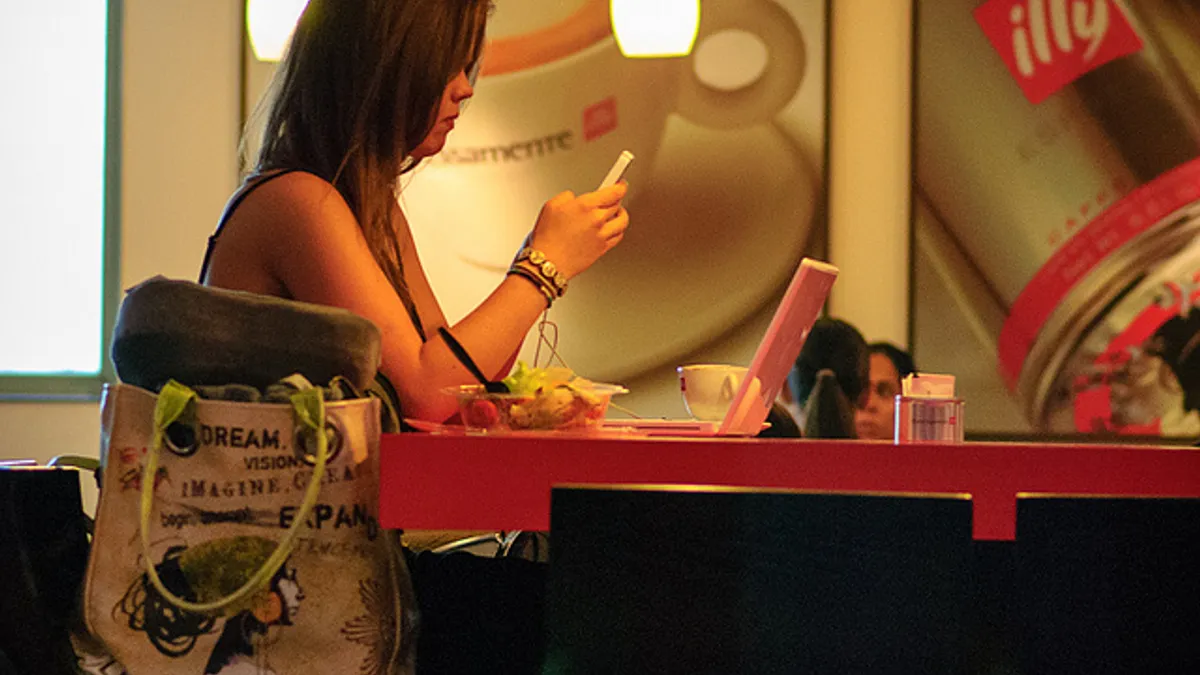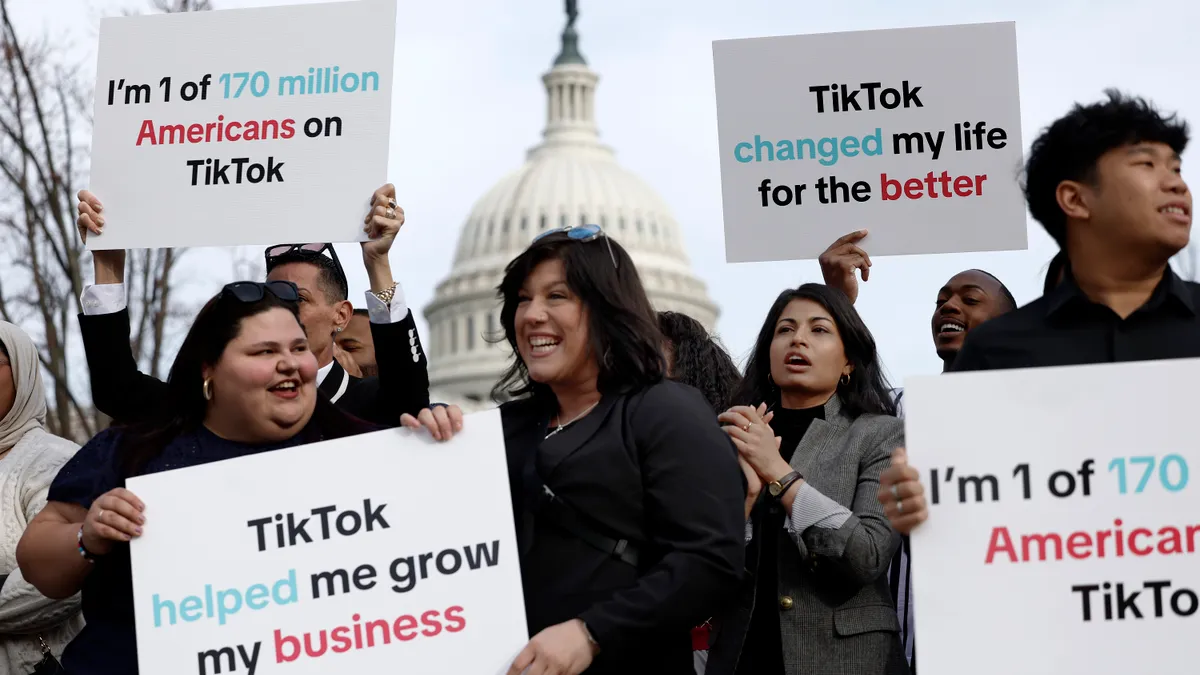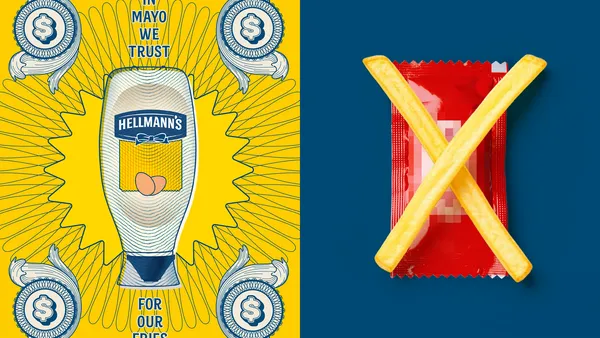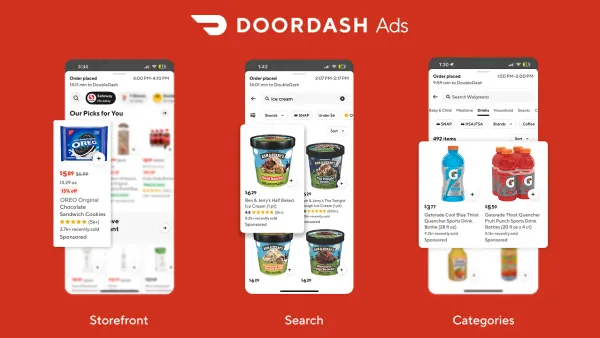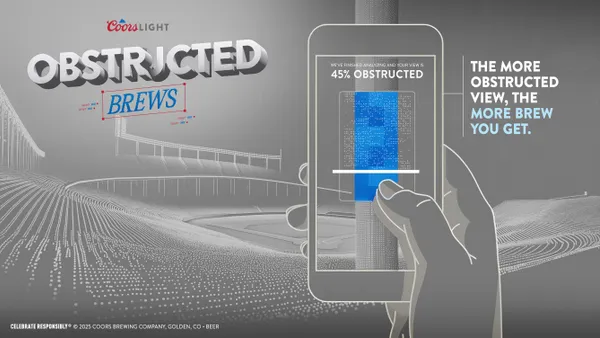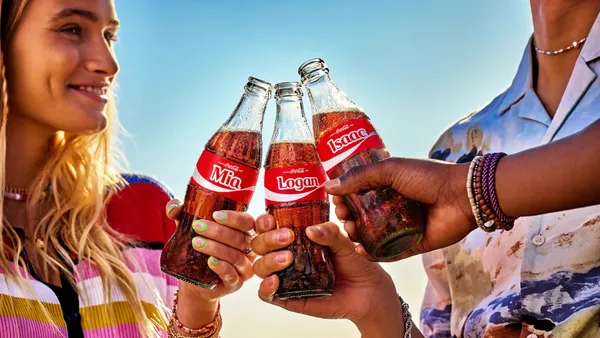With the recent boom in smartphone apps, it’s easy to forget that the original one-to-one mobile platform, text messaging, continues to be an effective means of customer outreach.
According to an April 2015 Pew Research Center report, nearly two-thirds of Americans own a smartphone, and 97% of these users used text messaging at least once during the one-week survey period. And according to a 2010 SinglePoint whitepaper titled "Conversational Advertising," 90% of text messages are read within three minutes of them being delivered.
“Text is the world’s social network,” James Citron, founder and CEO of the mobile marketing vendor Mogreet, Inc., told Retail Solutions Online. “E-mail is turning into a business-to-business communication method.”
Text drives conversion
While in-app push notifications and beacons have enjoyed better buzz recently as the latest technologies to target customers, text messaging remains the unsung channel of choice for engaging existing consumers and attracting new ones.
Kiehl’s found that 73% of customers who elected to receive its marketing messages bought something at one of its stores, according to its marketing partner, Tatango, and 81% of those surveyed following a pilot program reported that they recalled receiving the mobile offers.
Another client, cosmetics retailer Julep, generated a 34.2% click-through rate and 17.4% conversion on an SMS campaign. And an Ace Hardware franchise offering mobile coupons reported that 49% of consumers redeemed the initial coupon at purchase and spent an average of $72 each.
Not every message needs to be a sales pitch or offer, though. Text messages are effective at conveying big news, event reminders, and seasonal messaging. Like e-mail, text is also useful for customer service, order confirmations, and shipping reminders.
“We have found that the key to our customers SMS success is to deliver timely, valuable and possibly exclusive content to consumers,” Dan Slavin, CEO of CodeBroker, told hyperlocal marketing site Street Fight. “Our customer’s SMS marketing lists continue to experience steady growth.”
Texting to buy
Nordstrom made headlines recently with the introduction of its TextStyle messaging service, which allows shoppers to control contact, ask sales representatives questions about merchandise, and ultimately buy via SMS.
TextStyle goes a beyond basic SMS messaging service to provide interaction with an expert advisor. Reps can send pictures and information, or make additional suggestions based on the customer’s history. The customer can then use a dedicated code to complete a purchase and have it shipped.
“TextStyle is an important step forward in our continued efforts to develop ways to serve customers on their terms,” Jamie Nordstrom, president of stores, said in a release. “[It] is a way for our salespeople to provide a personalized styling experience, and for customers to view and buy seamlessly with the convenience and simplicity of a text message, wherever and whenever they like.”
Opt-in is essential
As with mobile apps, retailers need to get consumers’ opt-in to receive text messages. The recipient must take action, and sometimes must perform a “double opt-in” if the retailer plans to send multiple messages.
“The fastest way to see your database dwindle and to put yourself at risk for legal action is to pull a bait-and-switch with your audience and have them opt in to receive one type of message and then start sending messages unrelated to what they opted in for,” according to Mogreet’s guide to SMS.
But SMS is hard to beat for cost and coverage. “It’s really attractive in the marketing mix because it’s very efficient from the cost side,” Dan Swartz, Upshot’s senior vice president of digital marketing, media and analytics said in a CONNECT Mobile Summit panel. “But also, it’s efficient because it’s very effective. We see really high read rates.”


